These 10 Genius Bond-Building Treatments Play Hero to Overprocessed Hair

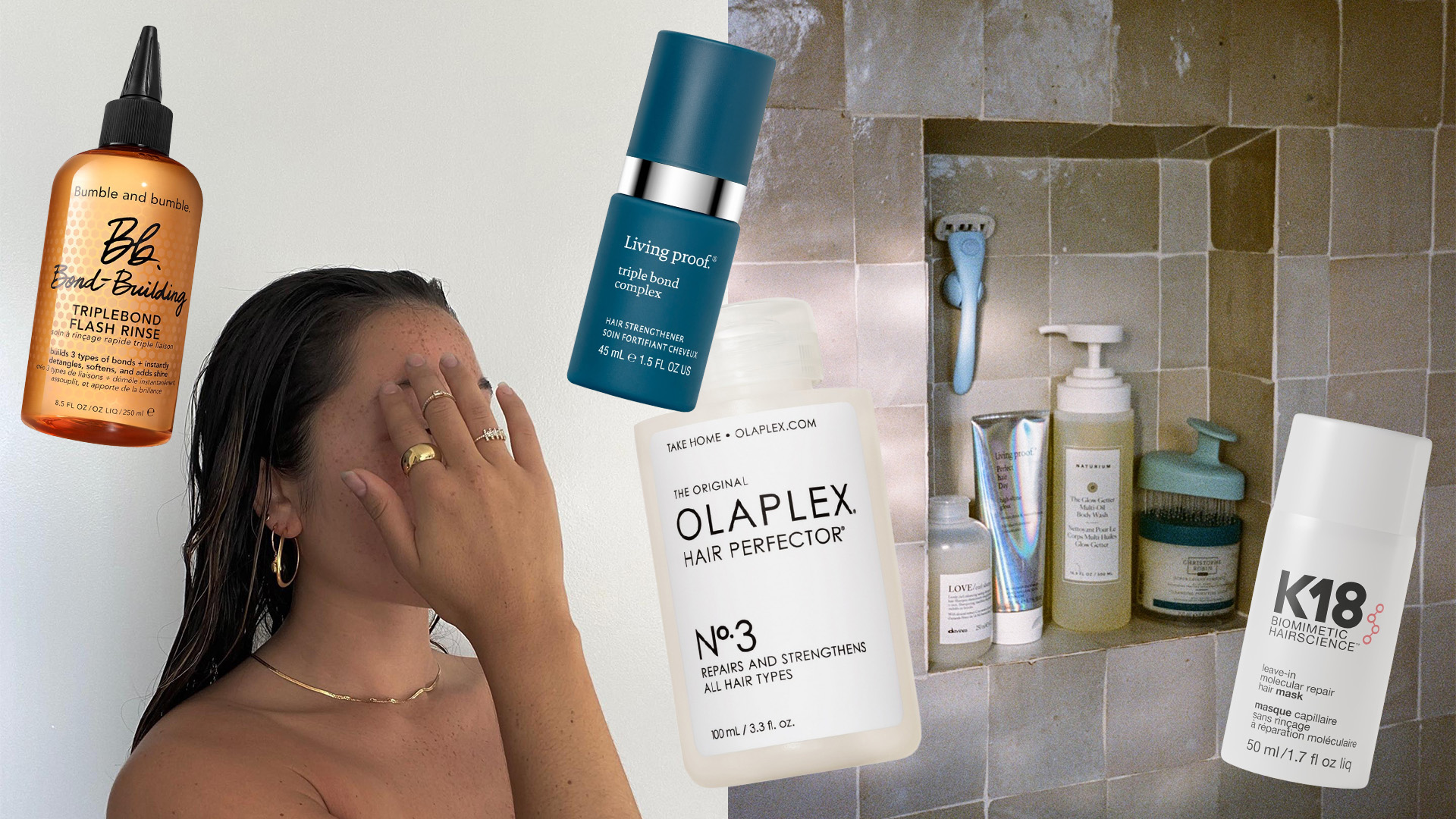
Bond-building hair products are everywhere right now. Whether it's shampoo, conditioner, a hair mask, or a leave-in product, they all claim to do the same thing: strengthen and repair the structural bonds in the hair shaft. The idea is that you no longer see signs of damage, like breakage and split ends, when these structural bonds are intact. Instead, you see strong, shiny, healthy hair. These products are quite literally created to reverse signs of damage from the inside out.
Experts say they're legit. You just have to sort through the noise and find the most effective formulas. That's what we're here for. Below, shop the 10 best bond-building hair treatments from a variety of brands and price points. Then, learn more about how they work and how you can tell if your hair needs one.
The Top 10 Picks
- Best Overall: Olaplex No. 3 Hair Perfector
- Best Spray: Epres Bond Repair Treatment
- Best Leave-In: Redken Acidic Bonding Concentrate
- Best Rinse: Bumble and Bumble Bond-Building TripleBond Flash Rinse
- Best Drugstore: L'Oréal EverPure Bond Repair Concentrate
Best Overall: Olaplex No. 3 Hair Perfector
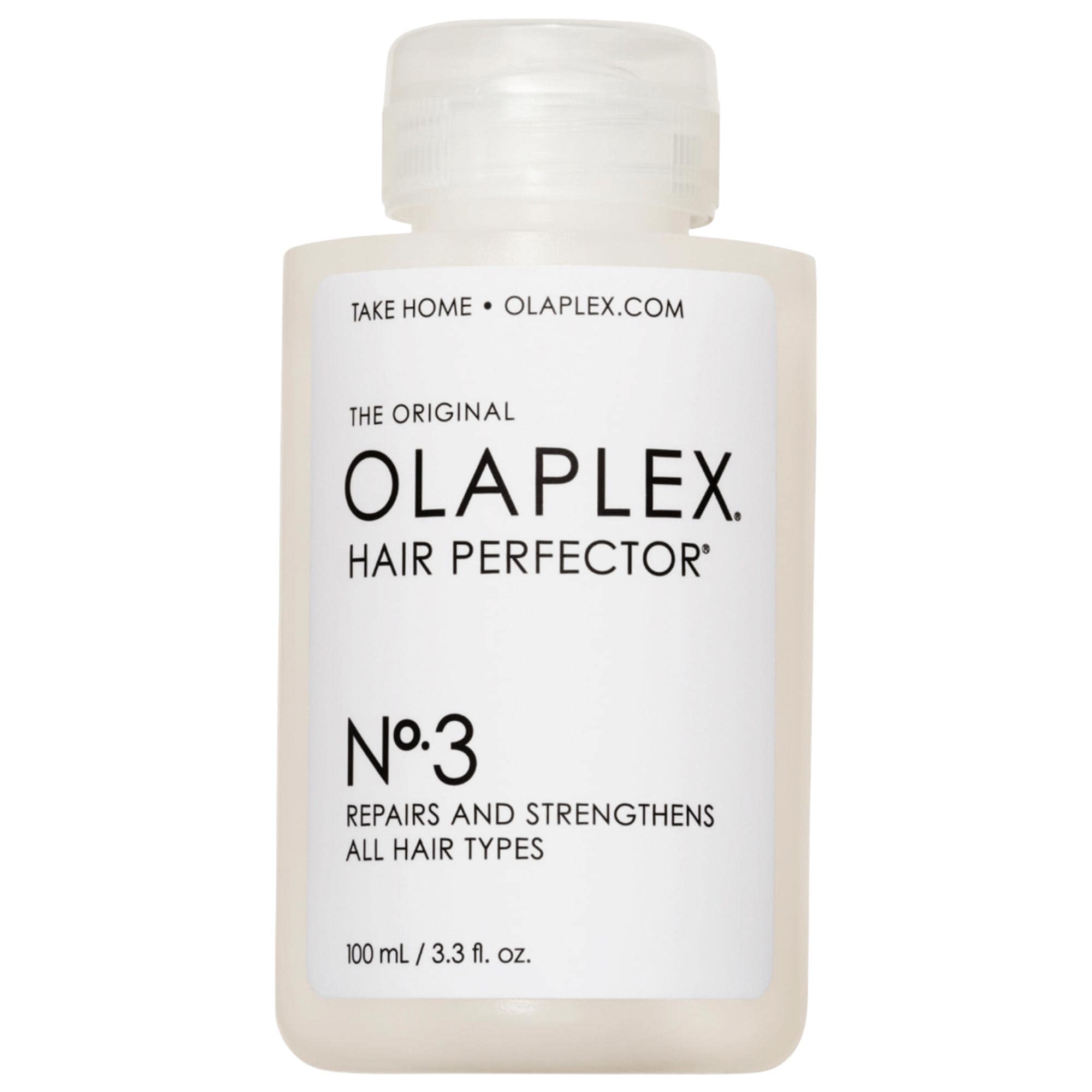
How to use: Apply from roots to ends, leave for 10 minutes minimum, rinse, and wash.
Olaplex No. 3 Hair Perfector is the OG bond-building treatment. Who What Wear's beauty editors swear by it—as do two of our experts.
"I am loyal to the consistent results of Olaplex No. 3," says Jay Small, co-founder of Arey, certified trichologist, and celebrity hairstylist. "Over the years, this has been my go-to for clients who have pushed the boundaries with overblonding, color changes, or just can't go without a smooth or wavy style. My advice is to use this once a week if you are prone to dry, damaged hair for three to five weeks when the hair is feeling brittle. Keep in mind that using it more frequently will not net a better result; bond building is about balance. Using the products for several weeks will help repair, and then it's best to wait until the hair feels dry, brittle, or damaged again. If you use this and, after five weeks, don't feel like it's helped, it's time for a haircut."
Noah Gratch, MD, FAAD, is a board-certified dermatologist at MDCS Dermatology in NYC. He recommends using this product in combination with the brand's No. 0 Intensive Bond Building Treatment ($30). For clarity, you'd use No. 0 first, then follow up with No. 3. "The professional-grade, at-home treatment is formulated with Olaplex's patented Bond Building Technology, which works by targeting and rebuilding broken disulfide bonds, the critical structural links that give hair its strength and stability," Gratch says. "No. 0 is designed to be used as a primer, prepping the hair for deeper repair when paired with Olaplex No. 3 Hair Perfector. Together, the two products have been clinically shown to reduce breakage, improve overall hair condition, and significantly enhance strength and elasticity. For best results, I recommend using it once a week or more frequently for severely compromised hair."
Best Spray: Epres Bond Repair Treatment
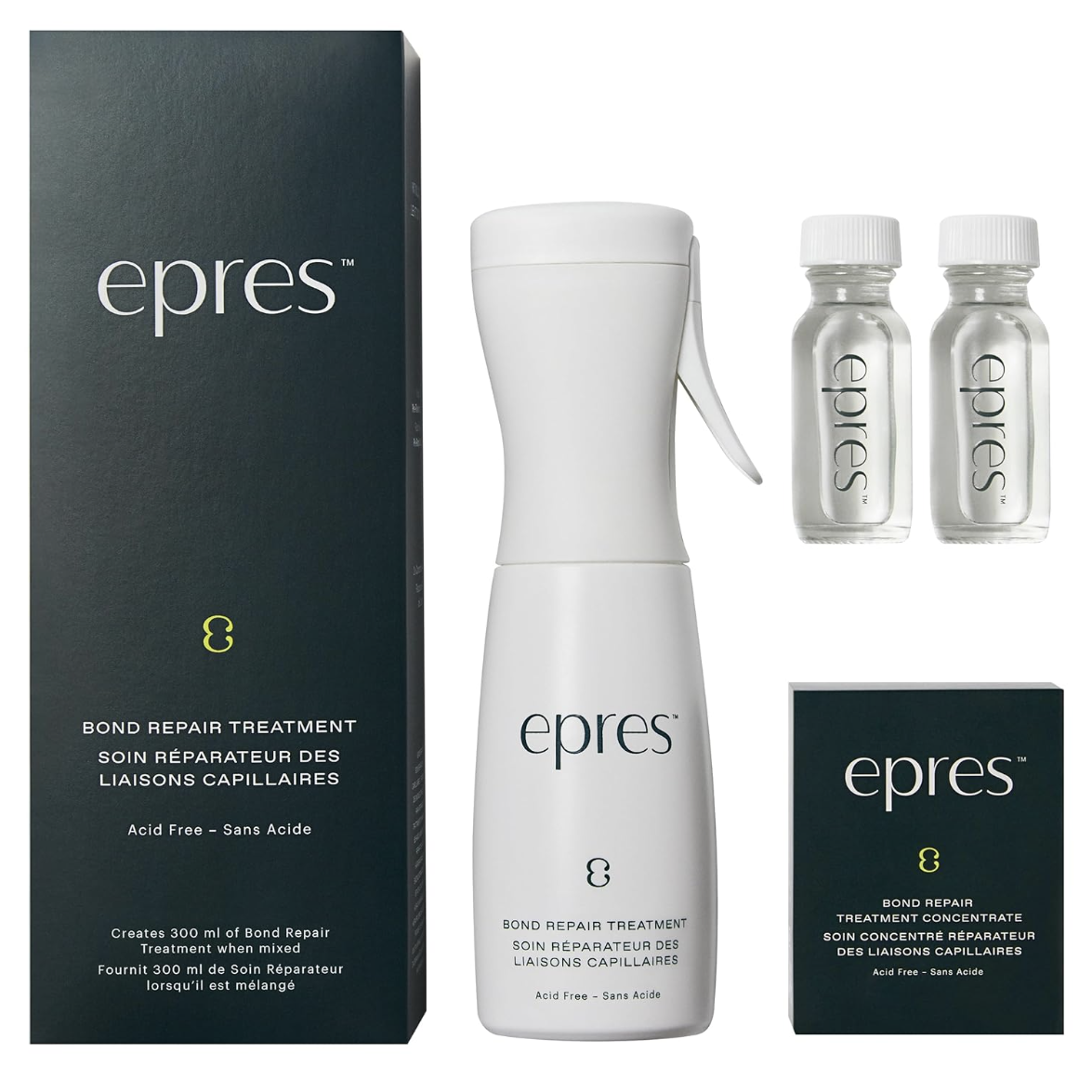
How to use: Pour one vial into the spray bottle, fill the rest with water, spray throughout the hair, wait 10 minutes minimum, then rinse and wash.
I've already waxed poetic about this Bond Repair Treatment, but it's really just that good. It has a highly concentrated formula that has done wonders for treating and preventing my chronic split ends. Just pour one of the little vials into the Epres spray bottle, fill the rest of it with water, shake, and then spray throughout your hair. Wait 10 minutes, then shampoo. The patent-pending treatment will repair damage and breakage caused by chemical, thermal, or mechanical processes. It's safe for all hair types, textures, and extensions.
Best Leave-In: Redken Acidic Bonding Concentrate
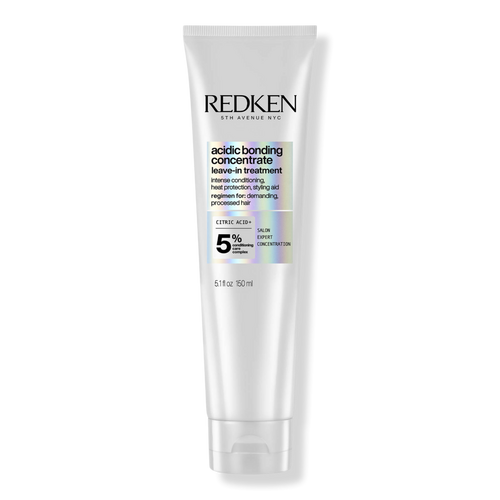
How to use: Apply to clean, damp hair. Do not rinse.
This product combines the powers of a leave-in conditioner with a bond-repair treatment. Formulated for all hair types and textures, it instantly smooths the hair and adds shine, providing heat protection up to 450°. Then, its citric acid–spiked formula goes to work, reinforcing weakened hair bonds for less breakage and fewer split ends. Personally, I see the best results from this when I use it alongside the brand's Acidic Bonding Shampoo ($34) and Conditioner ($34).
Best Rinse: Bumble and Bumble Bond-Building TripleBond Flash Rinse
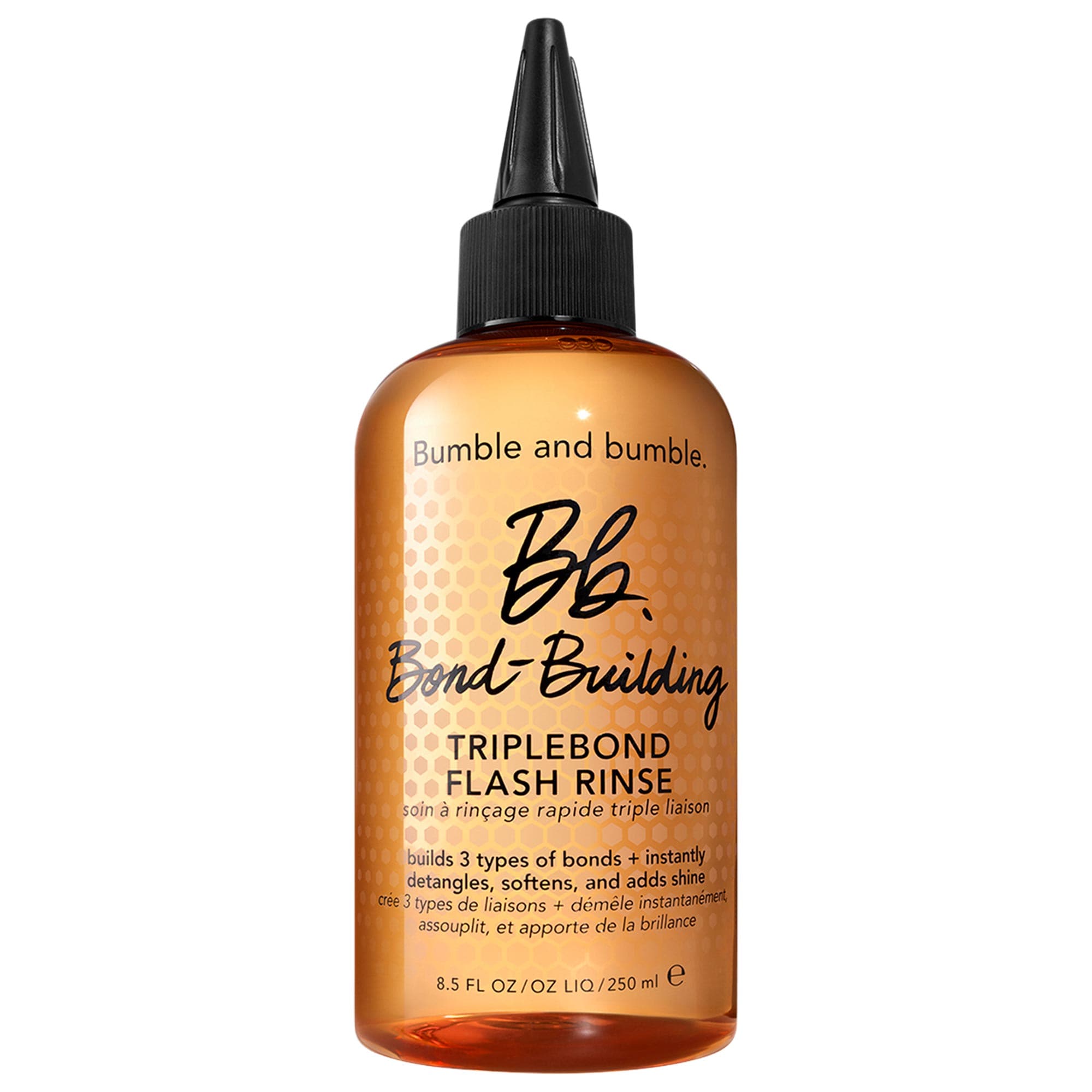
How to use: Apply directly to damp hair between shampoo and conditioner. Rinse.
Here's another expert-recommended bond-repair treatment. Gratch says it's highly effective at rebuilding the internal structure of the hair. "I suggest incorporating this into your weekly haircare routine if you're experiencing signs of damage," Gratch says. "This treatment uses a unique Honey Bond-Building Complex to help rebuild and reinforce the internal structure of the hair shaft. It's especially effective for those recovering from heat styling, coloring, or chemical processing, as it helps reduce breakage, smooth frizz, and restore overall hair health."
Best Drugstore: L'Oréal EverPure Bond Repair Concentrate
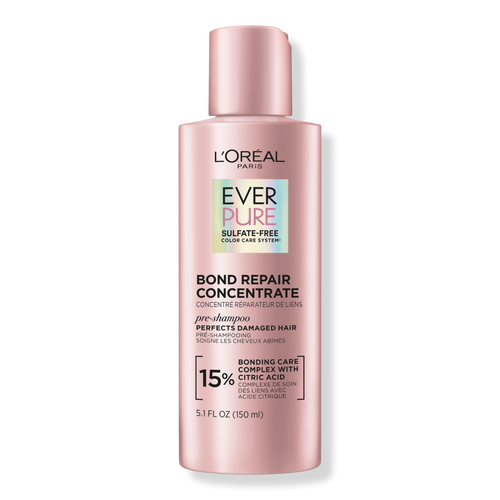
How to use: Apply to the hair, leave on for five to 10 minutes, and wash.
Most bond-building treatments are easy on the hair but not on the wallet. L'Oréal's EverPure Bond Repair Concentrate accomplishes both. It's only $13 a pop, yet it penetrates the hair shaft to strengthen and rebuild broken bonds from the inside out. The best part? It only takes five to 10 minutes to reap the benefits.
K18 Leave-In Molecular Repair Hair Mask

How to use: Apply to slightly damp hair after washing. Let it sit for four minutes, and don't rinse it out. Style as usual.
Another internet-favorite bond-repair treatment, K18's Leave-In Molecular Repair Mask uses a patented peptide technology that clinically reverses damage in four minutes. Use it to prevent hair damage from bleach, color, and other chemical services as well as at-home heat styling and mechanical stress from wet-brushing and tight hairstyles. It promises to restore strength, shine, and softness to the hair.
Living Proof Triple Bond Complex
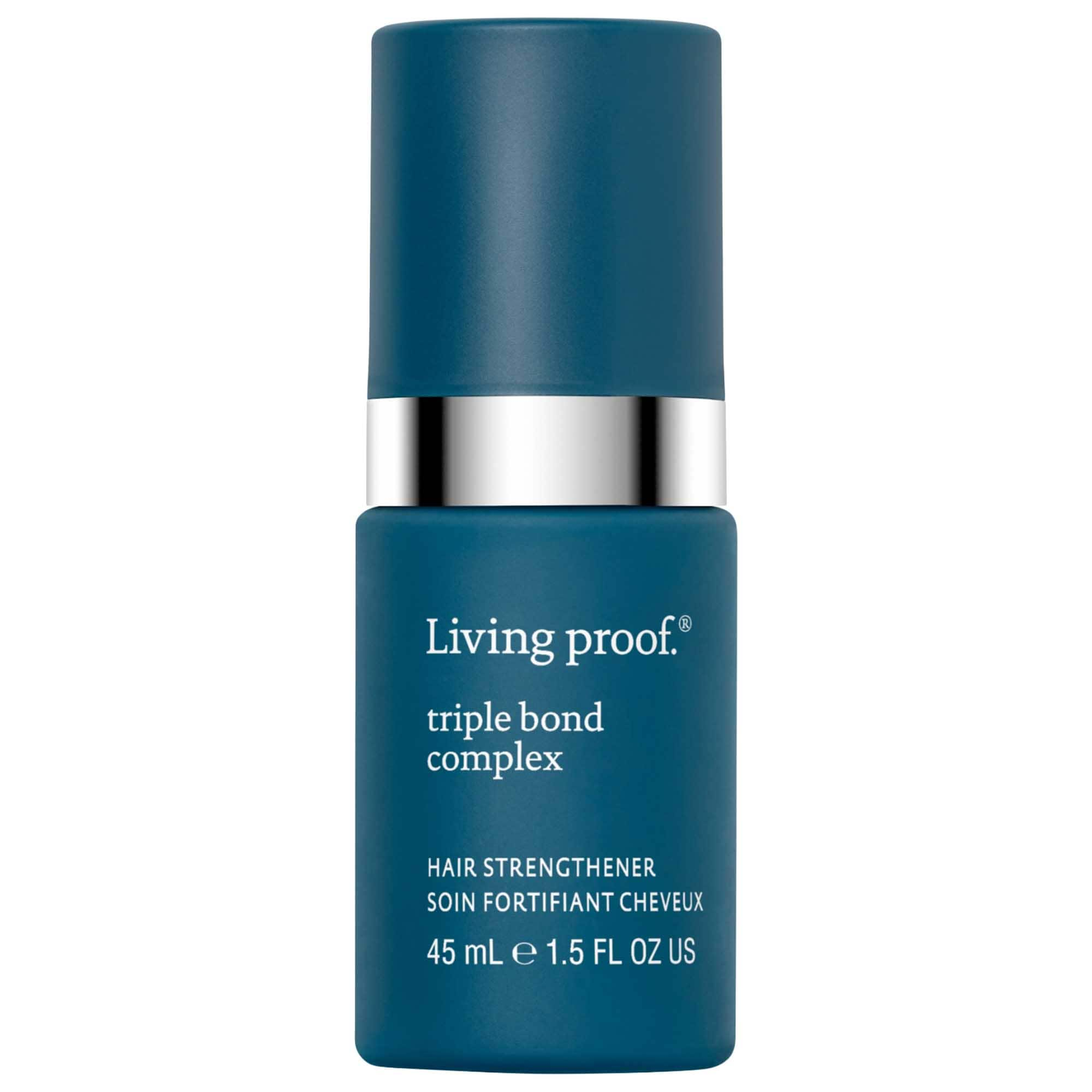
How to use: Shampoo and condition, apply two pumps to clean, damp hair. Comb through. Don't rinse. Wait 10 minutes before using other products and/or styling.
Designed to be used weekly, Living Proof's Triple Bond Complex uses a patent-pending technology to—get this—make hair up to eight times stronger, smoother, and shinier after just one use. The best part is that it's a bond-building treatment mixed with a heat protectant. Just two pumps of the product provide up to 450-degree heat protection after 10 minutes.
Alterna Bond Repair Intensive Leave-In Treatment Masque

How to use: Shampoo and do not apply conditioner. Apply to towel-dried hair from mid-lengths to ends. Do not rinse. Blow-dry.
This leave-in hair mask contains an antioxidant-rich Age Control Complex that reintroduces nutrients to the hair after they're lost in the aging process. There's also Caviar Bond Enforcing Technology to seal the hair cuticles and repair damaged bonds. Finally, maracuja oil and shea butter moisturize dry strands and boost shine.
Aveda Botanical Repair Bond-Building Flash Treatment
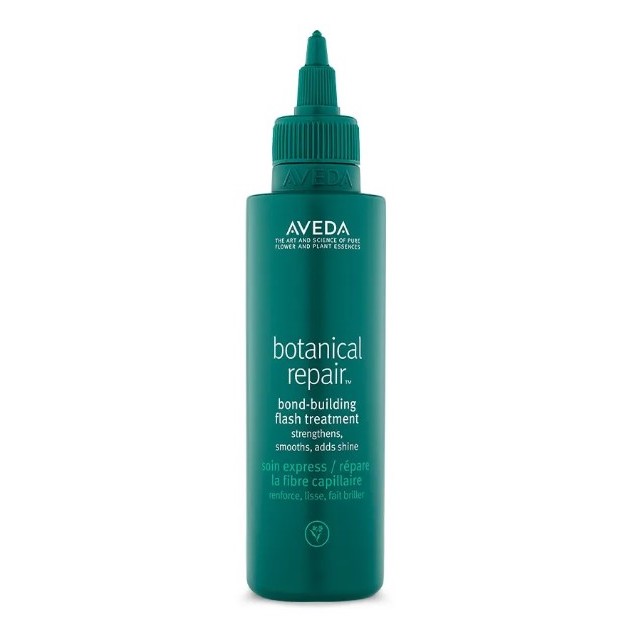
How to use: After cleansing and conditioning, squeeze excess water from the hair. Apply a generous amount and leave on for 10 seconds. Rinse thoroughly.
If you want a bond-repair treatment that takes barely any time at all, this one's for you. You can use it in the shower (no mess!), and it takes all of 10 seconds to work, yet it promises stronger, shinier, and smoother hair. It's all thanks to bond-building technology, plus a nourishing macro-green blend, vegan lactic acid, and shine-boosting technology. It's basically a health-boosting gloss.
Nexxus Amino Bond Intense Rebond Treatment
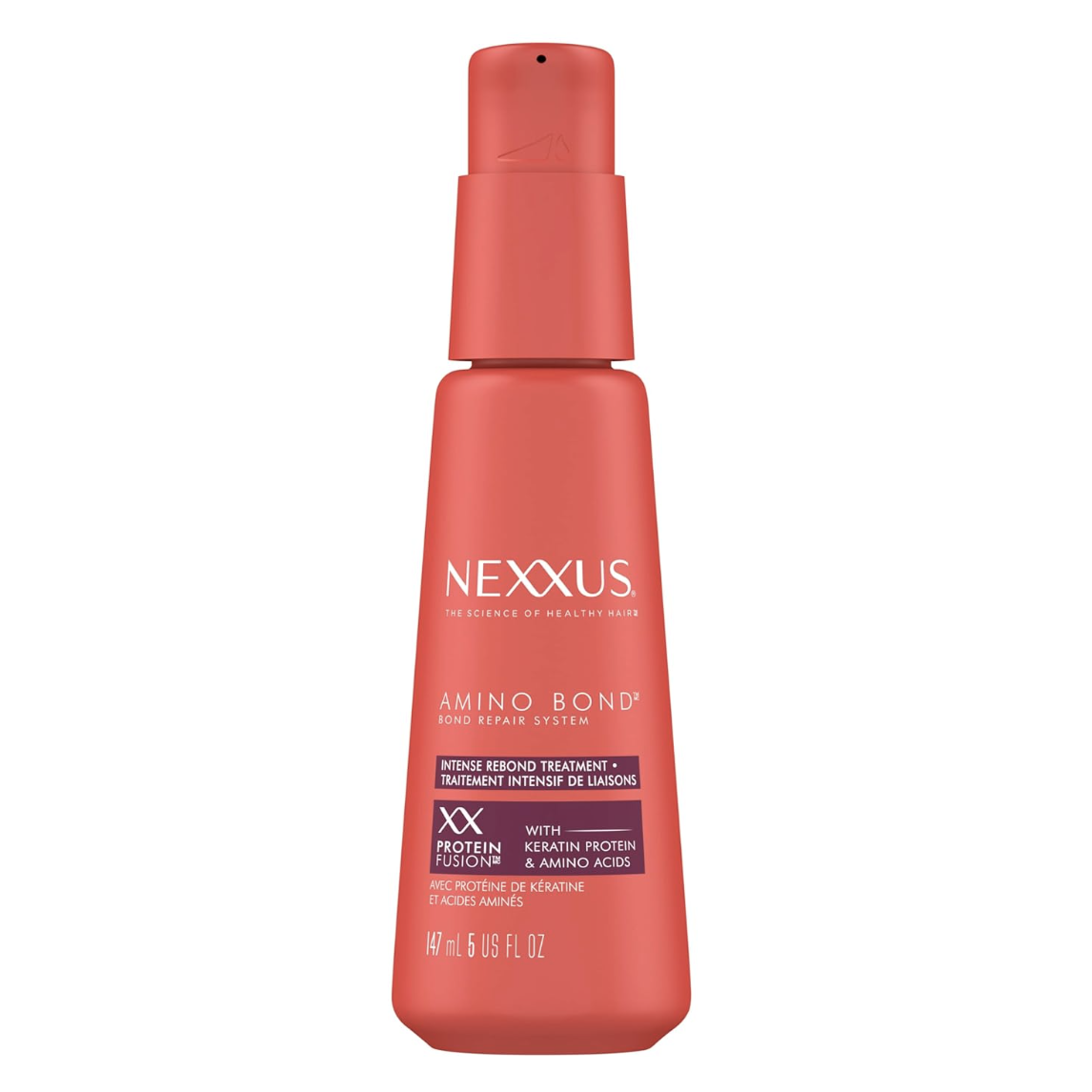
How to use: Shampoo and condition. Apply serum to clean, damp hair. Do not rinse.
Last but certainly not least, we love Nexxus's Amino Bond Intense Rebond Treatment. It's essentially a bond-building hair serum, so it's lightweight and doesn't weigh fine hair down. While it builds and repairs broken bonds, it also infuses the hair with vital amino acids and keratin to repair protein loss.
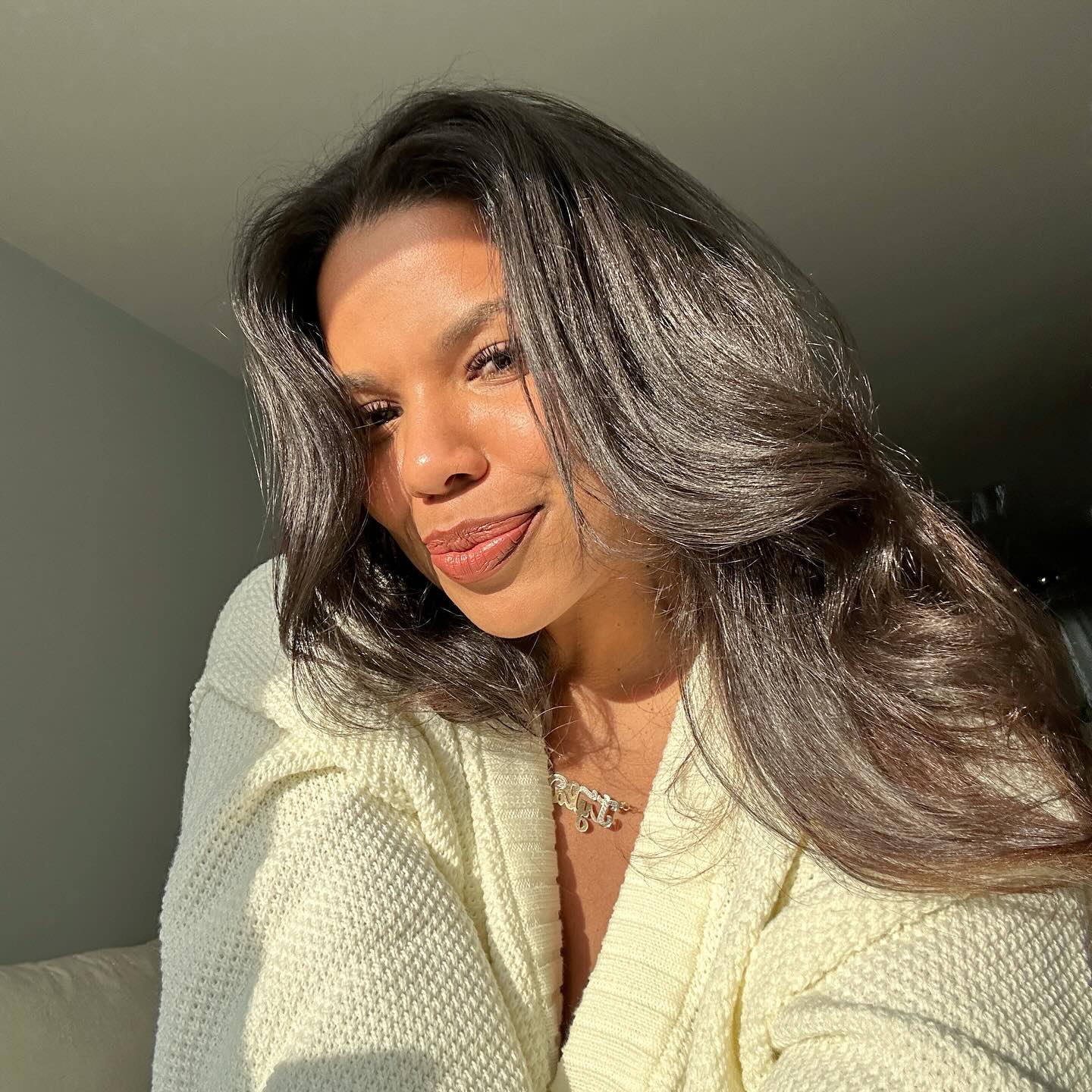
What are bond-repair treatments?
Bond-repair treatments are products that literally repair the chemical bonds within the hair shaft to make them stronger and the hair look healthier. To understand how they work, though, it's important to understand the structure of the hair.
According to Gratch, at the core of each hair strand is keratin, a strong protein that forms the foundation of the hair shaft: "What truly determines the strength, shape, and texture of hair, however, is the presence of three primary types of bonds within the cortex: disulfide, hydrogen, and salt bonds.
Disulfide bonds are the strongest and most critical, formed between sulfur atoms in the amino acid cysteine. These bonds are responsible for hair's permanent strength and shape, and they are the targets of chemical treatments like relaxers and perms, which break and reform these bonds to alter hair texture. Hydrogen bonds, on the other hand, are much weaker and are easily broken by water or heat. They play a major role in temporary styling. This is why wetting or blow-drying the hair can temporarily change its form. The third type, salt bonds, are also physical in nature but depend on the hair's pH balance. These bonds form between oppositely charged amino acids and can be disrupted by pH changes, such as those caused by certain shampoos or sweat. Together, these three types of bonds work to maintain the integrity, manageability, and style of the hair."
To sum it up, here are the three types of hair bonds, according to cosmetic chemist Ron Robinson, founder of the skincare brand BeautyStat.
- Disulfide Bonds: "These are the strongest hair bonds. These bonds give your hair structure, strength, and overall health," Robinson says.
- Hydrogen Bonds: "These are weaker than disulfide bonds and can be quickly broken and then restored depending on what you expose [your hair] to," he says.
- Salt Bonds: "These are responsible for your hair's pH balance," Robinson says. "Keeping your hair at its pH of 3.5 to 5.5 is important for maintaining its health and condition."
When these bonds are broken, well… That's when bond-repair treatments come in. "These products are designed to reinforce or reform the broken bonds within the hair shaft, particularly focusing on disulfide bonds, which are critical to the hair's strength and structure," Gratch says. "When hair is exposed to damage from chemical treatments or heat, these bonds break, leaving the hair weak and vulnerable. Bond builders, like those containing patented active ingredients (such as bis-aminopropyl diglycol dimaleate found in Olaplex), work by relinking broken disulfide bonds, helping to restore the structural integrity from within the cortex."
Some bond-repair treatments fix more than just disulfide bonds. "While their primary focus is on disulfide bonds, some advanced formulas also include hydrating and pH-balancing components that indirectly support hydrogen and salt bonds," Gratch says. "However, it's important to note that not all bond builders target all bond types equally. Most are formulated with the primary goal of strengthening the internal framework by repairing the most durable and chemically significant bonds. When used consistently and correctly, these products can visibly improve hair health by reducing breakage, restoring elasticity, and enhancing shine."
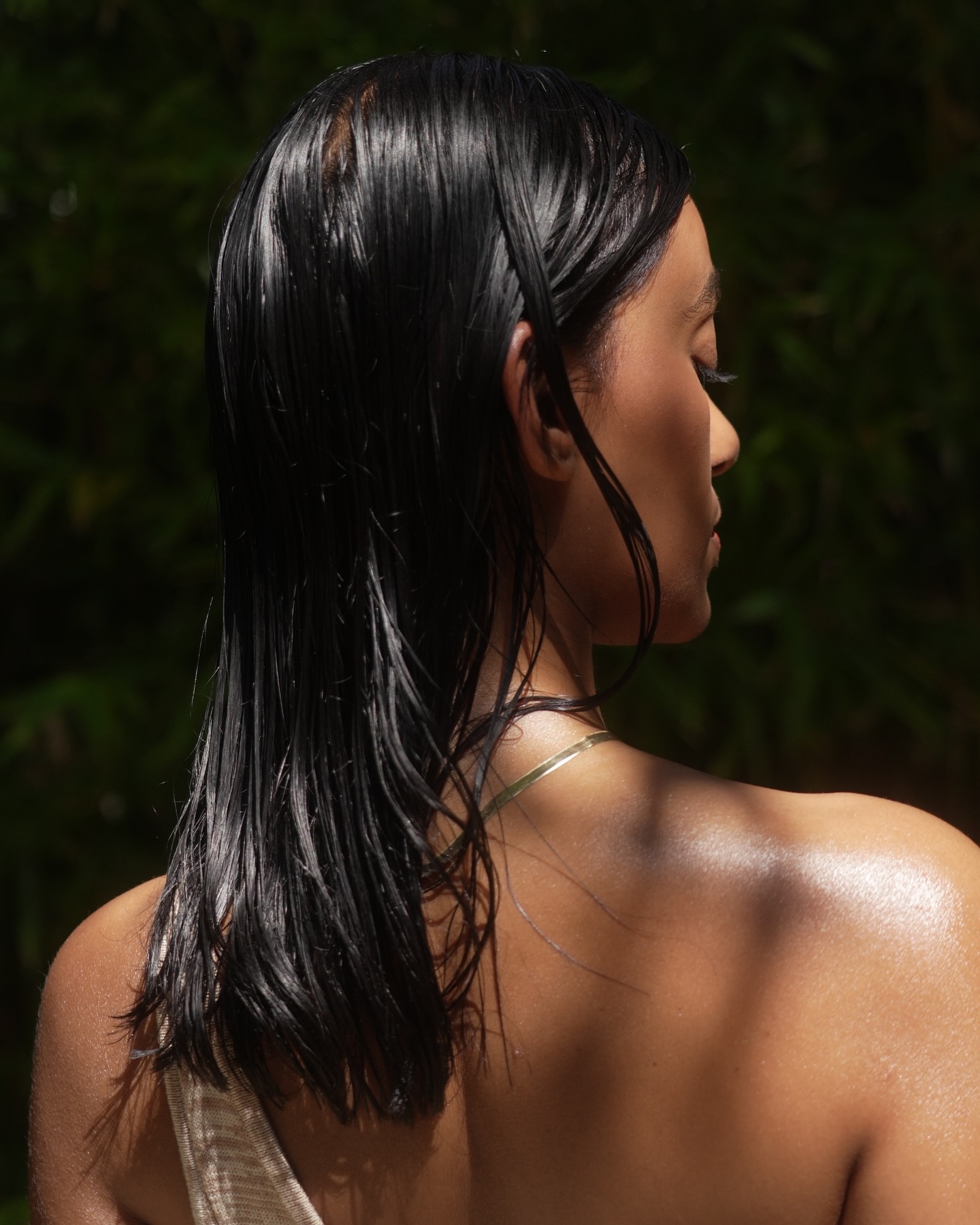
How to Tell If You Need a Bond-Repair Treatment
According to Brittany Bohacik, owner and president of Ava Michael Beautique and a Milk_Shake stylist, the signs and symptoms of broken hair bonds usually follow some of our favorite treatments and styling habits. We're talking about heat styling and chemical treatments, including bleaching the hair. They can also result from skipping conditioner, wearing tight hairstyles, and environmental factors like UV exposure and pollution. "It's not about ditching these things altogether but [rather] creating balance with treatments that rebuild what these habits might be breaking down," she says.
Chemical treatments are the biggest culprit, including bleaching, relaxing, perming, and coloring. "These treatments deliberately break disulfide bonds to alter the hair's natural shape or color, but when done excessively or improperly, they can cause irreversible damage," Gratch says.
Here are some signs you might be dealing with broken bonds:
- Your hair has a gummy or stretchy texture when wet
- You experience excessive shedding and breakage
- You see a lot of split ends
- Your hair is dull, dry, and lifeless
- Your hair won't hold a style or feels limp after styling
As Bohacik puts it, "If your hair suddenly starts misbehaving, it's often the bonds silently waving a white flag." That's when it's time to invest in a bond-building treatment to repair what has been broken and prevent the damage from worsening.
However, Bohacik doesn't want you to wait until you see damage to take action. You should always care for your hair. That includes using heat protectants when styling and investing in the right at-home haircare products. For the latter, she recommends Milk_Shake's at-home treatments. "I always recommend the Milk_Shake Integrity Nourishing Shampoo ($29) and Conditioner ($26) paired with the Milk_Shake leave-in treatments to maintain strength and softness between salon visits," she adds.
Small agrees, saying it's a lot easier to prevent damage than it is to fix it after it's happened. "Haircare is often very reactive: 'My hair is broken—how do I fix it?' We need to start being more proactive, growing and preserving healthy hair before it shows signs of damage," he says. As part of a healthy hair regimen, he recommends using Arey's Mend ($40), which is a vegan collagen heat protectant. "Formulated to be used daily, Mend can be used on wet hair to protect or on dry hair to moisturize. While collagen doesn't directly repair bonds, it is essential, adding strength and protecting them from sources of damage, like tension and heat," he says. He also suggests Arey's Not Today, Grey ($45). It's a "daily supplement that supports hair-follicle health with a precise combination of vitamins, minerals, and antioxidants. If you like to highlight, dye, style, or are just prone to weaker hair, it's important to focus on growing healthier hair from the root. Not Today, Grey is formulated with nutrients that support blood circulation, cell turnover, and neutralize free radicals, helping to support a healthier hair-growth cycle."

How to Use Bond-Repair Treatments
Each bond-repair treatment is different, so you should follow each one's instructions for intended use. It's worth noting that some people go overboard with bond-building treatments and use them too often, which can actually do more harm than good. Take it from Small, who says, "Bond builders are not created to be used daily or continually, and often, we use these products to help balance the stress we subject our hair to. Bond builders, if used too frequently, can have a negative effect on the hair, causing it to feel brittle, dry, or frizzy. Like all things in life, balance is key. Overbleaching, overdyeing, or overstyling will be no match for a bond-building product."
"We often forget that, if our hair is shoulder length or longer, this hair has been on our heads for two years or more," he adds. "Nothing stands up to as much consistent stress as our hair does—we change our clothes daily, and our skin sheds every 28 days. Repairing hair is possible, but protecting and preserving it is much easier. I always advise my clients to use a bond builder sporadically, either before damage occurs to strengthen the hair or right after stress to repair."
In other words, don't rely on bond-repair treatments to fix all of your hair's damage. While they're definitely effective, you should be protecting your hair first and foremost. It's a lot easier to prevent damage than it is to fix it.
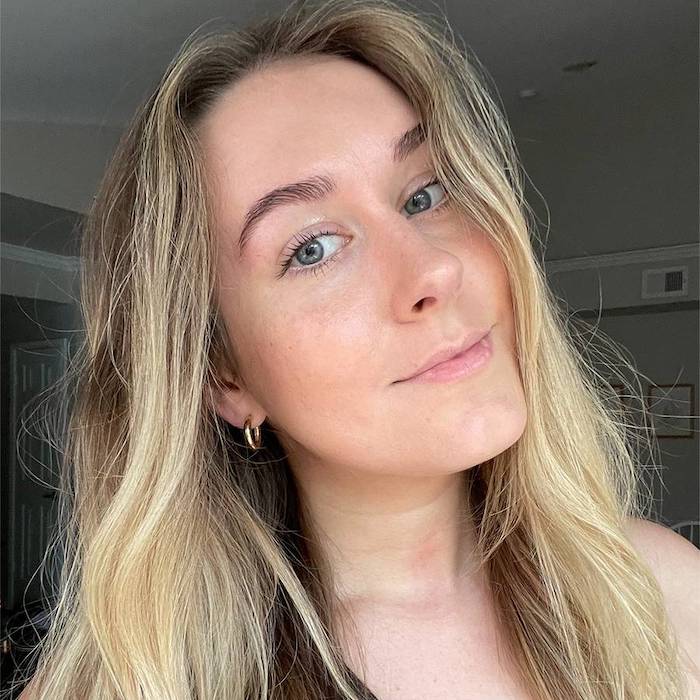
Kaitlyn McLintock is a Beauty Editor at Who What Wear. She has 10 years of experience in the editorial industry, having previously written for other industry-leading publications, like Byrdie, InStyle, The Zoe Report, Bustle, and others. She covers all things beauty and wellness-related, but she has a special passion for creating skincare content (whether that's writing about an innovative in-office treatment, researching the benefits of a certain ingredient, or testing the latest and greatest at-home skin device). Having lived in Los Angeles, California, and Austin, Texas, she has since relocated back to her home state, Michigan. When she's not writing, researching, or testing beauty products, she's working through an ever-growing book collection or swimming in the Great Lakes.